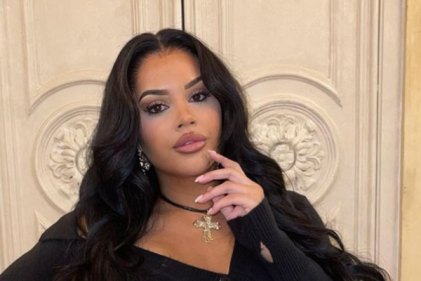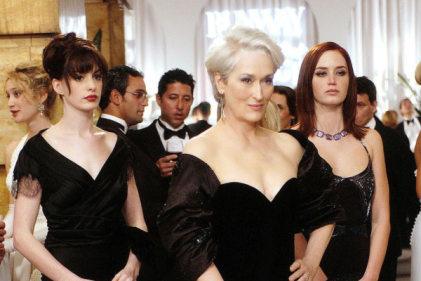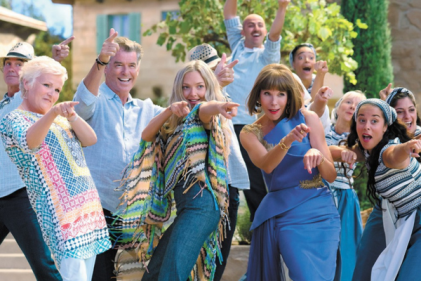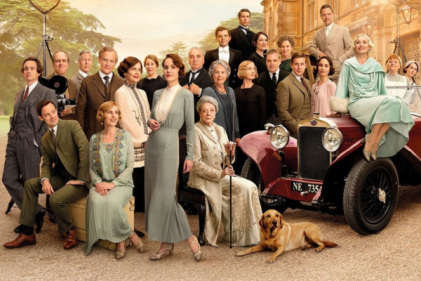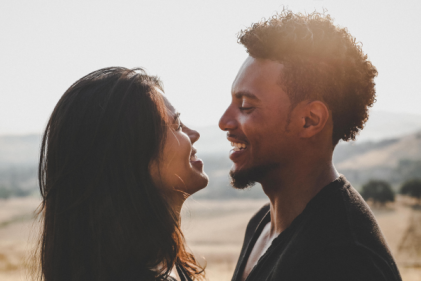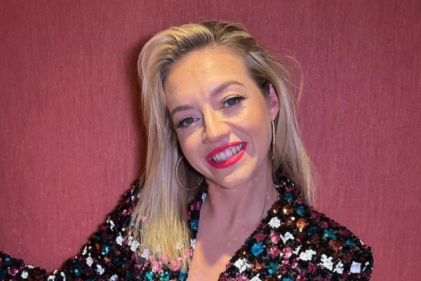At first, your baby can only see 10-15 inches in front of her. She can make out light, shapes, and movement behind you but everything else is blurry. After a week or so, babies can see red, orange, yellow, and green. It will take them a little longer to see violet and blue. Your face is the most fascinating thing to a baby right now so make sure to give her lots of close up time.
Also, hanging a brightly coloured mobile over her cot will keep her mesmerised!
1-2 months
When your baby was first born her eyes couldn’t focus together, they will have crossed or wandered now and then. Between the age of 1 and 2 months she will be able to focus both eyes consistently and follow a moving object. Watch how transfixed she becomes as you pass a rattle, back and forth in front of her face. After the first month or so, your baby’s brain will begin to try and distinguish between red and orange. She will probably begin to show a preference for bright, primary colours and more detailed and complicated designs. Encourage this development by showing your baby pictures, books, and toys. You should also stimulate both sides of your baby’s body by moving a child’s arms or legs simultaneously. This will aid in the development of bilateral and binocular development.
4 months
Your baby will begin to develop depth perception. Until now, she found it difficult to locate an object’s position, size, and shape and then to get a message to her brain to reach out and grab it. At four months, she has developed better hand-eye coordination which allows her to quickly locate and pick up objects! You can help your baby practice by offering her rattles to grasp.
You should also keep a night light on in her room to provide visual stimulation while she is awake in her crib.
6 months
By the age of 6 months, significant changes have occurred in the vision centres of the brain, which allows your infant to see more clearly and move her eyes quicker and more accurately so they can follow moving objects. Visual acuity should have improved from 20/400 to 20/40 by this stage. Six months is also an important milestone as this is the age they should have their first eye exam. Even though your baby obviously can’t read the eye chart yet, your optometrist can perform non verbal tests to check for visual acuity, and to detect myopia, hyperopia, and astigmatism. He can also evaluate her alignment and check for vision problems such as strabismus and amblyopia.
8-12 months
Your baby’s vision is now strong enough to recognise people and objects across the room although her attention is probably still focused on objects that are close by. Your baby probably spends a good portion of her day crawling about and getting into all sorts of scrapes. At this stage you should be vigilant as bumps, bruises, and eye injuries are likely to occur as she explores her environment. Make sure to block stairs and lock any cabinets that contain cleaning products.
Don’t be surprised if your baby’s eyes change colour during this time. This is because as your baby develops more dark pigment is produced in the iris and as a result eye colour can change.
To help your baby’s development at this stage, give them toys they can stack and take apart.



